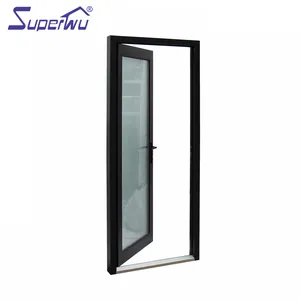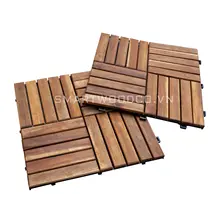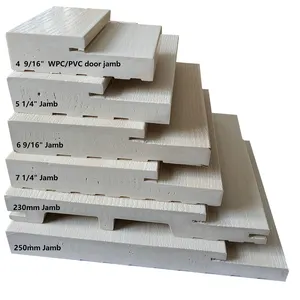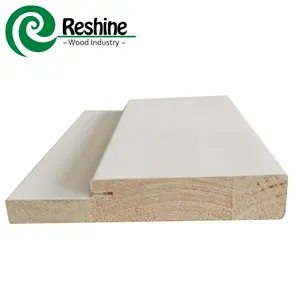Door jambs, also known as door frames, are the vertical structures that surround and support a door.
Materials of door jambs
There are various materials for door jambs.1. Wood: Wood is one of the common choices for door jambs. Wood door jambs are typically made of solid wood or plywood, providing sturdy support and a natural aesthetic. They also offer good sound insulation and durability. 2. Metal: Metal door jambs are often made of steel or aluminum. They provide firmer support and durability, capable of withstanding greater pressure and impact. Metal door jambs also have good fire and corrosion resistance, suitable for areas requiring higher security and durability. They can be painted or coated to enhance aesthetics and rust resistance. 3. PVC: PVC door jambs are an economical and easy-to-install option. They are lightweight, have low maintenance requirements, and resist rotting or moisture. However, they may not be as sturdy and durable as wood or metal door jambs. 4. Composite materials: Composite door jambs combine the advantages of different materials. They typically consist of a wood core and a covering layer, such as PVC or aluminum, providing good stability, durability, and aesthetics.
Functionality of door jambs
Door jambs serve multiple practical functions that contribute to the overall functionality and effectiveness of a door system. 1. Structural Support: Door jambs provide a solid framework that allows the door to swing open and close smoothly. Without door jambs, doors would lack stability and may not function properly. 2. Security and Safety: Door jambs play a vital role in ensuring the security and safety of a building or room. They provide a secure attachment point for hinges and latch plates, keeping the door firmly in place when closed. It helps prevent unauthorized access and enhances overall security. 3. Door Alignment: Door jambs help maintain the alignment of the door within the wall opening. They ensure the door remains level and properly aligned with the surrounding walls, preventing gaps or misalignment that could compromise the functionality or aesthetic appeal. 3. Noise and Energy Insulation: Door jambs improve soundproofing and energy efficiency. When properly installed, they create a seal between the door and the wall, reducing noise transmission and preventing drafts. It can help maintain a comfortable indoor environment and minimize energy loss. 4. Aesthetic Appeal: Door jambs also have a decorative aspect. They can be designed to complement the overall interior design of a space. Door jambs can be painted, stained, or finished to match the surrounding walls or trim, enhancing the visual appeal of the doorway.
Maintenance of door jambs
There are some common ways to maintain and prolong the lifespan of door jambs. 1. Regular Cleaning: Regularly clean the surface of the door jambs with a mild cleaner and a soft cloth to remove dust, dirt, and stains. 2. Lubrication: Apply lubricant regularly to the hinges and moving parts of the door jambs to ensure smooth operation. 3. Paint or Seal: If the door jambs are made of wood, consider painting or sealing them to protect against moisture and UV damage.












































 浙公网安备 33010002000092号
浙公网安备 33010002000092号 浙B2-20120091-4
浙B2-20120091-4